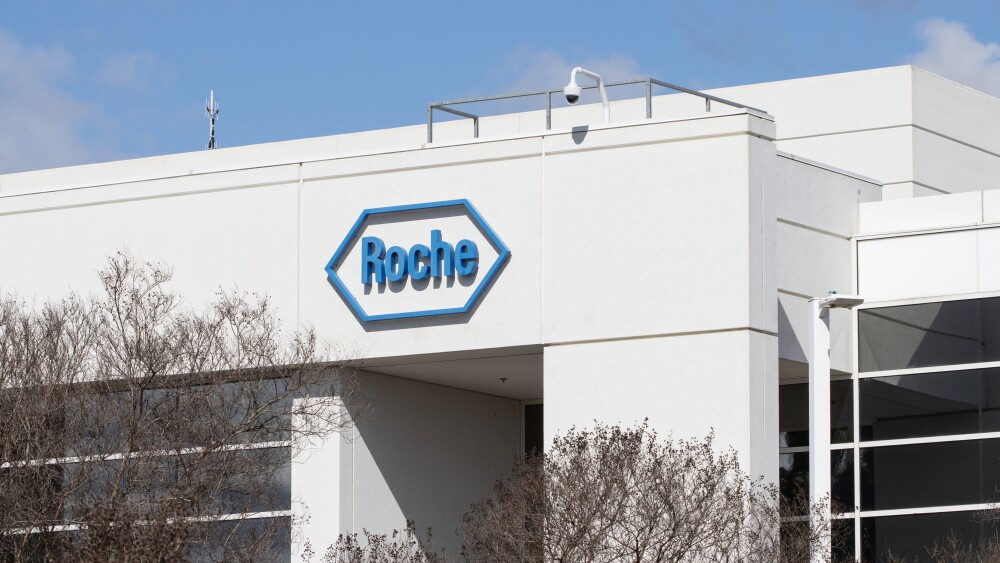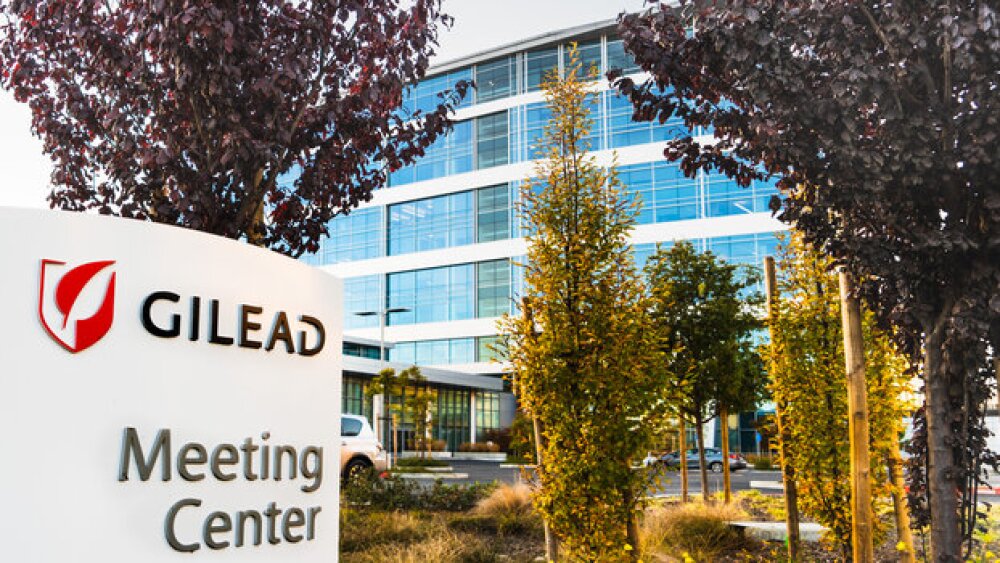A recent research report points to the CDMO market heating up. P&S projected the global biologics CDMO market would hit $31.839 million by 2030.
A recent research report by P&S Intelligence points to the contract development & manufacturing organization (CDMO) market heating up. P&S projected the global biologics CDMO market would hit $31.839 million by 2030, a huge jump from $13.174 million in 2021.
The pharma industry typically goes through five distinct phases: drug discovery, drug development, drug manufacturing, drug distribution and drug marketing/sales. Contract Manufacturing Organizations (CMOs) tend to focus on the third stage, drug manufacturing, while CDMOs tend to focus on the second and third, drug development and drug manufacturing. And Contract Research Organizations (CROs) will generally focus on the first two stages, drug discovery and drug development. Of course, there is often overlap in the focuses of these organizations, and each type can change its focus at any time.
But drug development and manufacturing is a complex process, and one size doesn’t necessarily fit all. Augusta Free Press notes, “Because drug production is such a specific process, the end-to-end services offered by CDMO’s restrict the size of their capacity while increasing the minute differences in offerings that are specific to different types of medications. For example, a CDMO may specialize in cell/gene therapy versus injectables.”
The report by P&S Intelligence states that about 50% of the biologics CDMO market was taken up by drug substances last year, a trend it expects to continue. That is due to the increasing number of biologics approvals, mostly by the U.S. Food and Drug Administration. The report also notes that the highest subcontracting revenue from drug substance products comes from monoclonal antibodies.
Out of the total figure in 2030, P&S predicts mammalian cell culture will generate $17.98 million, largely due to more production of bi- and tri-specific antibodies and antibody-drug conjugates. The COVID-19 pandemic, with its increasing demand for vaccines and therapeutic antibodies, had a positive effect on this market, although it also demonstrated problems in the supply chain and overall dependence on developing markets for generic drugs and active pharmaceutical ingredients (APIs).
A recent CFO survey titled Supply Chain Resilience by BDO and another by Catalent titled Allogeneic and Autologous Cell Therapies Report 2022, found that supply chain disruptions for biopharma weren’t going away any time soon. The Catalent report noted, “Bottlenecks are one of the most common hurdles facing cell and gene therapy developers.”
As an example, Tony Quiñones, CEO of Bright Path Laboratories, previously told BioSpace that many materials come from areas like China, which are still experiencing lockdowns. As a result, life science companies have begun assessing their supply chain risk, running make-or-buy assessments, and investing in supply chain technology while identifying backup suppliers.
One prominent CDMO is Samsung Biologics, headquartered in Incheon, South Korea. It currently has a market cap of about $43 billion. On Apr. 27, the company reported its first quarter 2022 revenue of KRW 511.3 billion ($396 million USD), up 96% from the first quarter of the previous year. It is also growing, with its Biologics’ Plant 4 construction expected to open in October 2022, and is in the process of buying an additional 350,000 square meters of land for its second bio campus, which will be 30% bigger than its current site.
The P&S report also notes that the Asian Pacific (APAC) region is the largest and fastest-growing region, with a CAGR of 10% during 2021-2030. “This,” they state, “is attributable to an immense and quickly growing population demanding better access to medical drugs.”
Major players in the market include Sandoz International, part of Novartis, JRS Pharma, BINEX Co., Parexel International Corporation, FUJIFILM Diosynth Biotechnologies USA, Lonza Group and many others.
In Novartis’ first-quarter financial report, Sandoz demonstrated strong financial performance, with an overall sales growth of 8%. What is not as clear is whether Novartis will unload the unit, which has been under discussion for some time. The strategic review of Sandoz is ongoing and is expected to be completed by the end of the year.
Of course, Lonza Group became better known to the general public when in 2020, it partnered with Moderna to manufacture its COVID-19 vaccine. The two companies inked a 10-year strategic collaboration for larger-scale manufacturing of the vaccine, as well as future Moderna projects.
It seems clear that as long as the drug market continues to grow, the CDMO market will grow along with it.





